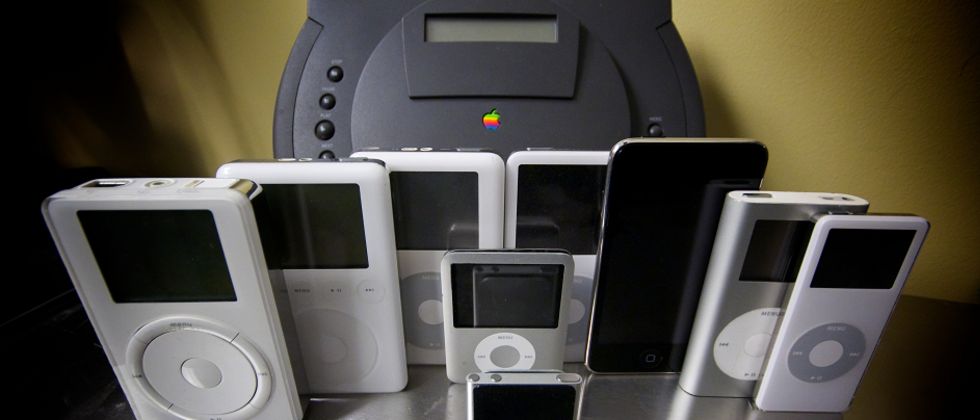California Management Review
California Management Review is a premier professional management journal for practitioners published at UC Berkeley Haas School of Business.

In recent years, the business community has identified the importance of dynamic capabilities to firm longevity and success. Dynamic capabilities are the subject of California Management Review’s newly published special issue, edited by David Teece, who defined and popularized the concept in the 1997 article “Dynamic Capabilities and Strategic Management.”
Teece suggests that dynamic capabilities represent “the firm’s ability to integrate, build, and reconfigure internal and external competencies to address rapidly changing environements.” They reconcile the contradictory ideas that a firm can be stable enough to deliver distinctive, original value and adaptive enough to shift when conditions demand it.
Dynamic capabilities are distinct from functional, or zero-level, capabilities. These are learned processes that run industry-wide. An example of such a process is the construction of an assembly plant within the auto industry. It’s a well-defined process with existing precedents and standards. In an interview with Strategy + Business, Teece compares zero-level capabilities to “best practices.” Functional capabilities often focus on the organization’s operational and technical abilities.
In contrast, dynamic capabilities are unique. Lynda Gratton and Sumantra Ghoshal describe them as “signature processes.” They are often tied to original business models and practices, making them difficult to imitate, and they enable creation, extension, and modification within an organization.
A salient example of dynamic capabilities in action is the development of the iPod. Recognizing that .mp3 players were large and aesthetically unappealing, Apple seized the chance to make a smaller, more attractive device: the iPod. They then shifted their organizational emphasis to consumer electronics, rather than solely computers. This has led them to dominate both the portable digital music and music player industry. In part this move to create a more appealing .mp3 player relied on Apple’s brand as an aesthetically-focused and creative company.
The development of dynamic capabilities relies on three organizational activities.
1. Sensing
Sensing describes the assessment of the opportunities and consumer needs existing outside of the organization. In the case of Apple, this was the realization of a latent demand for a smaller .mp3 player. This action demands that management have a pulse on the market.
2. Seizing
Seizing refers to an organization’s reaction to market needs to increase firm value. This involves designing innovative business models and securing access to capital and resources. In the case of Apple, this was the development of the iPod and iTunes. It also encompassed the firm’s shift in focus from computers to consumer electronics at large.
3. Transforming
Transforming refers to renewing company processes and maintaining their relevance to consumers. This requires that managers constantly streamline, improve, and alter organizational practices. Transforming is key to creating sustainable, innovative growth. In the case of Apple, this applies to Apple’s iterations of the iPod (iPod Nano, iPod Touch) and iTunes.
Developing an organizational focus these actions allows firms to hone their dynamic capabilities. To learn more about dynamic capabilities and their potential for your firm, read more in CMR’s Summer 2016 issue.
 Insight
Ashley Gambhir et al.
Insight
Ashley Gambhir et al.
 Insight
Michele Sharp et al.
Insight
Michele Sharp et al.